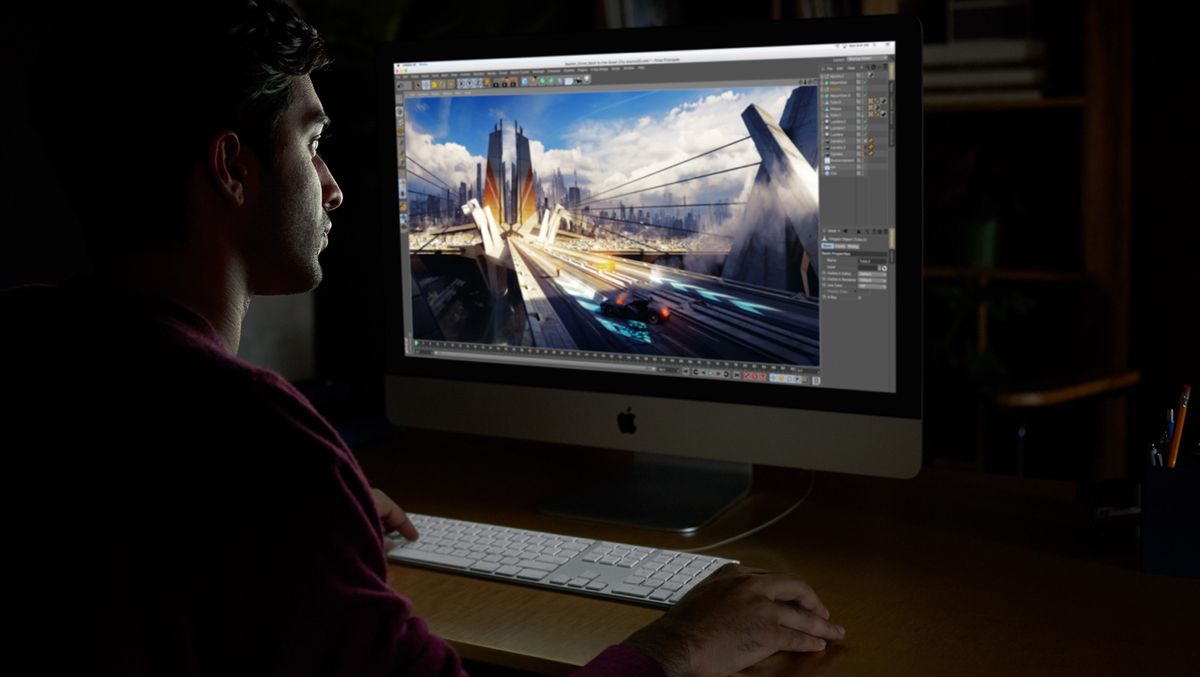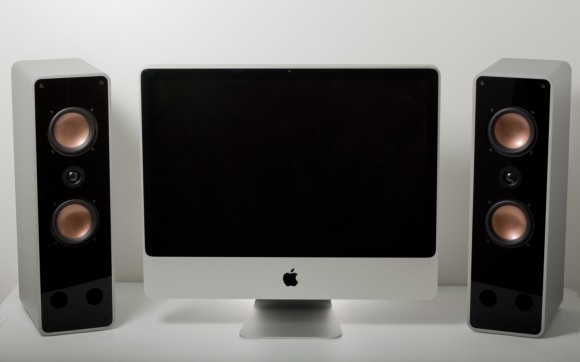

You can add more internal storage if you like, though external SSDs are more economical than Apple’s storage upgrades. The configuration we recommend has the same improved keyboard as other recent MacBook models, uses a Touch Bar instead of typical function keys, and includes double the memory of the MacBook Air we recommend, which is useful if you edit large photos or high-resolution videos. You won’t notice the difference for everyday browsing and document editing, but the cooling fan in the Pro allows its M1 chip to run faster for longer, providing 10% to 20% more performance than the Air when compiling code, exporting video, or doing anything else that uses all the processor’s cores for more than a few minutes.
2018 mac pro book upgrade#
If you regularly do the kind of tasks that use all the processing power you can throw at them, like encoding high-definition video and developing and compiling iOS, the $1,500 version of the 13-inch Pro is a worthwhile upgrade over the Air. The Air also omits the older MacBook Pro’s (situationally useful but largely unnecessary) Touch Bar in favor of a row of physical function keys and a standalone Touch ID fingerprint sensor.
2018 mac pro book plus#
The Air includes only two USB-C ports (which support Thunderbolt 3) plus a headphone jack-but Thunderbolt 3 docks and USB-C hubs and adapters are common enough and inexpensive enough that this isn’t as big of a problem as it used to be. The only downside is that some Mac apps that run well on Intel Macs haven’t yet been optimized for the Apple M1 chip, and you might notice some performance lag until those apps are updated. Like its predecessor, the M1 version of the Air includes a much-improved keyboard with a deeper, more satisfying feel and improved reliability compared with MacBook Air and MacBook Pro models released between 20. And unlike previous MacBook Air models, the M1 version doesn’t require a cooling fan, which keeps it dead silent even when you’re maxing out the processor by exporting a video or playing a game. Apple’s new M1 processor is much faster than the low-power Intel processors in previous MacBook Airs, and its battery life is so good that you should almost never need to charge it during the day if you don’t want to. TL DR: It is possible but be prepared for some minor issues and eventual monitor "loss" followed by a system reboot.We recommend the basic $1,000 version of the MacBook Air, which has enough speed, memory, and storage for most day-to-day computer tasks. I feel like this is a hardware issue, perhaps GPU memory issue, but more likely something to do with the Thunderbolt bus bandwidth as it always happens to the bus that has 2 monitors attached to it and never to the one that has only a single monitor attached to.

By repeatedly disconnecting/reconnecting the mDP cables I can get EITHER of them to work, but often not BOTH simultaneously, which is pretty annoying. Every now and then the ONE of the monitors connected to the right bus fails and I can't make BOTH work again without a system reboot.The cause for this likely a software/compatibility issue on macOS and I have had this on a two monitor setup as well. The orientation (90 degree rotation setting) tends to get messed up in two of the three monitors and I have to waste 1-2 minutes fixing it on System Preferences > Displays.I've had this setup for about 6 months now and while it is usable, I do face some issues from time to time, always after waking up the monitors after sleeping overnight: The monitors are arranged in a "H-shape" with two monitors flipped 90 degrees. Two monitors are connected to the right side ports/bus and the third one (plus a dock for charging/USB/etc) are connected to left side ports/bus.

I currently use 3 4k displays (Dell P2715Q) on a MacBook Pro 15" 2017 (GPU: Radeon Pro 560 4096 MB).


 0 kommentar(er)
0 kommentar(er)
